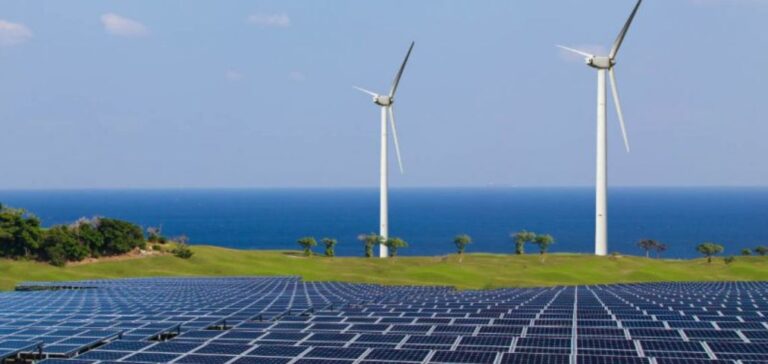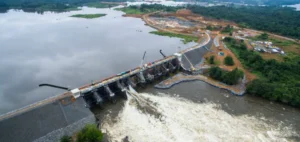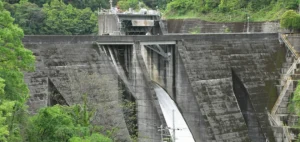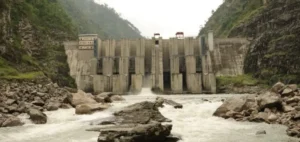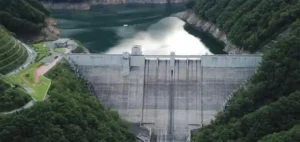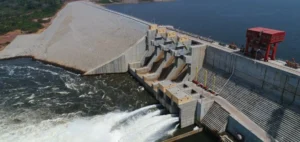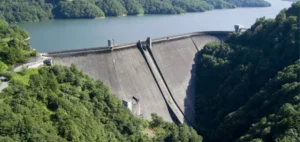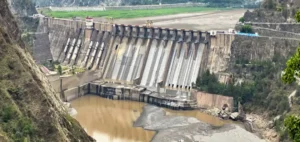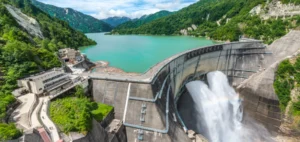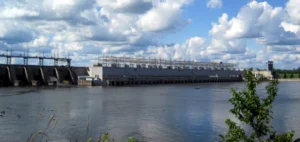According to the IRENA report, hydro, solar and wind continue to dominate new generation capacity. Indeed, the latter has released its Renewable Capacity Statistics 2023 report, which highlights the impressive growth of renewable energy capacity worldwide despite global uncertainties. According to the report, global renewable generation capacity reached 3372 GW by the end of 2022, a growth of 9.6%. In addition, 83% of the electrical capacity added last year was generated by renewables, demonstrating the continued rise of renewables to record levels.
Renewable energy continues to grow at record levels, says IRENA report
The IRENA report shows that renewable energy, such as hydro, wind and solar, continues to grow at record levels despite global uncertainties, confirming the downward trend in fossil fuel power generation, IRENA said. The agency’s executive director, Francesco La Camera, said, “This continued record growth shows the resilience of renewable energy in the face of a continuing energy crisis.” He also noted that favorable policies and strong economic arguments for renewable energy have supported the upward trend in its share of the global energy mix year after year. However, La Camera also warned that if we are to limit global warming to 1.5°C, annual additions of renewable energy capacity must increase threefold by 2030 from current levels.
Asia, U.S. and Europe to lead renewable energy growth in 2022
By 2022, many countries have increased their renewable energy capacity, but a few countries and regions such as Asia, the United States, and Europe have concentrated the significant growth in renewable energy.
Data from the IRENA report shows that Asia added nearly half of all new hydro, wind and solar capacity in 2022, representing a total of 1.63 TW of renewable capacity in 2022. China was the largest contributor, adding 141 GW to the continent’s new capacity.
Renewable energy in Europe and North America increased by 57.3 GW and 29.1 GW respectively. Africa continued to grow steadily with an increase of 2.7 GW, slightly higher than last year.
Oceania continued its double-digit growth with an increase of 5.2 GW, and South America continued its upward trend, with a capacity increase of 18.2 GW.
The Middle East has seen the largest ever increase in renewable energy, with 3.2 GW of new capacity coming online in 2022, a 12.8% increase.
Hydroelectricity represents the largest share of new generation capacity
Although according to the IRENA report hydropower accounts for the largest share of total global renewable generation capacity at 1,250 GW and has increased by 21 GW by 2022, solar and wind continued to dominate new generation capacity. Together, these two technologies contributed 90% of the share of all new renewable capacity in 2022. Solar capacity led the way with a 22% increase, followed by wind power, which increased its capacity by 9%.
IRENA’s latest report highlights the remarkable growth in renewable energy capacity around the world, giving hope that renewable energy can play an important role in mitigating the effects of climate change.


